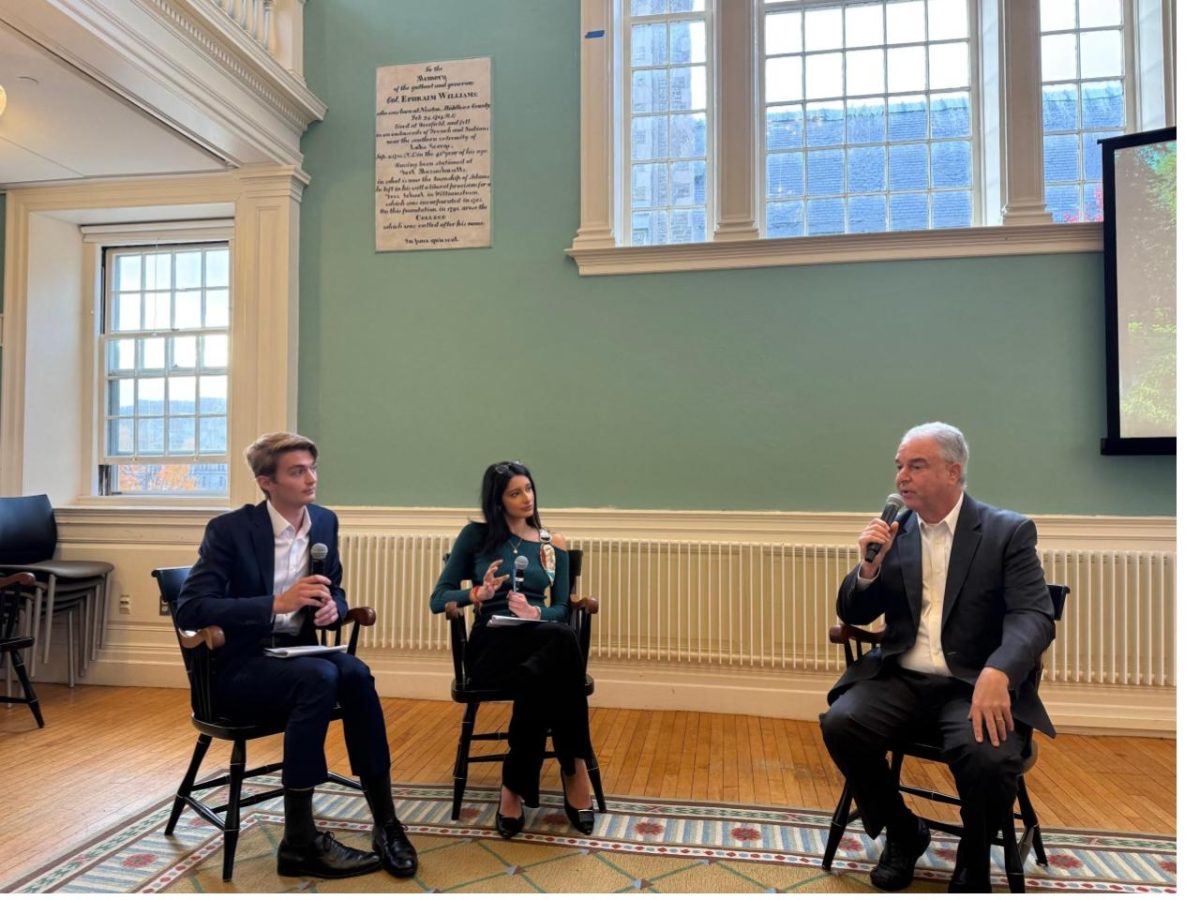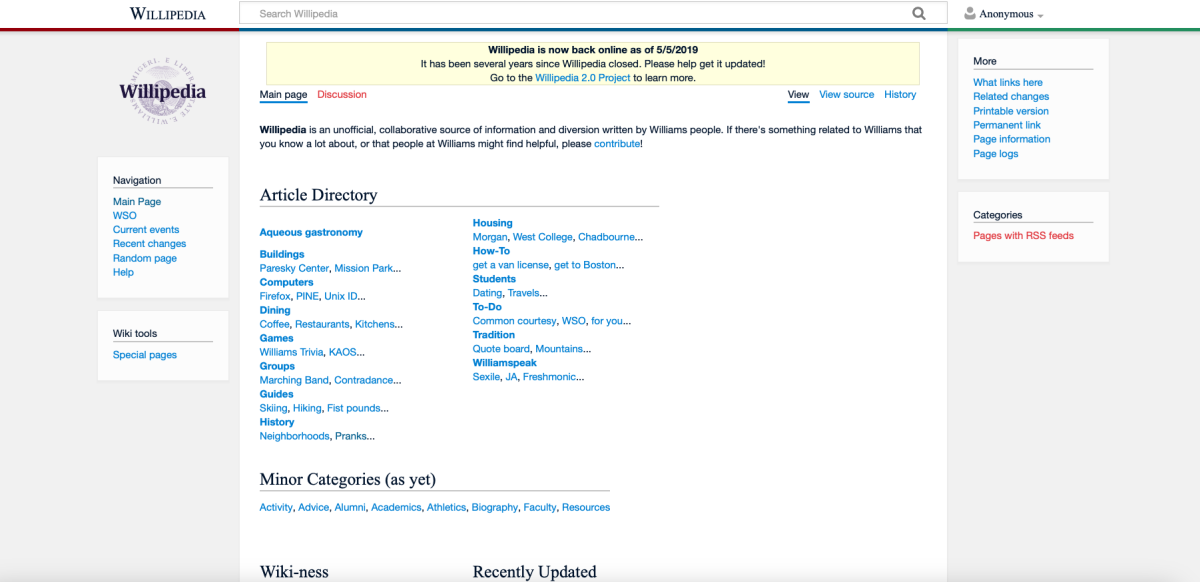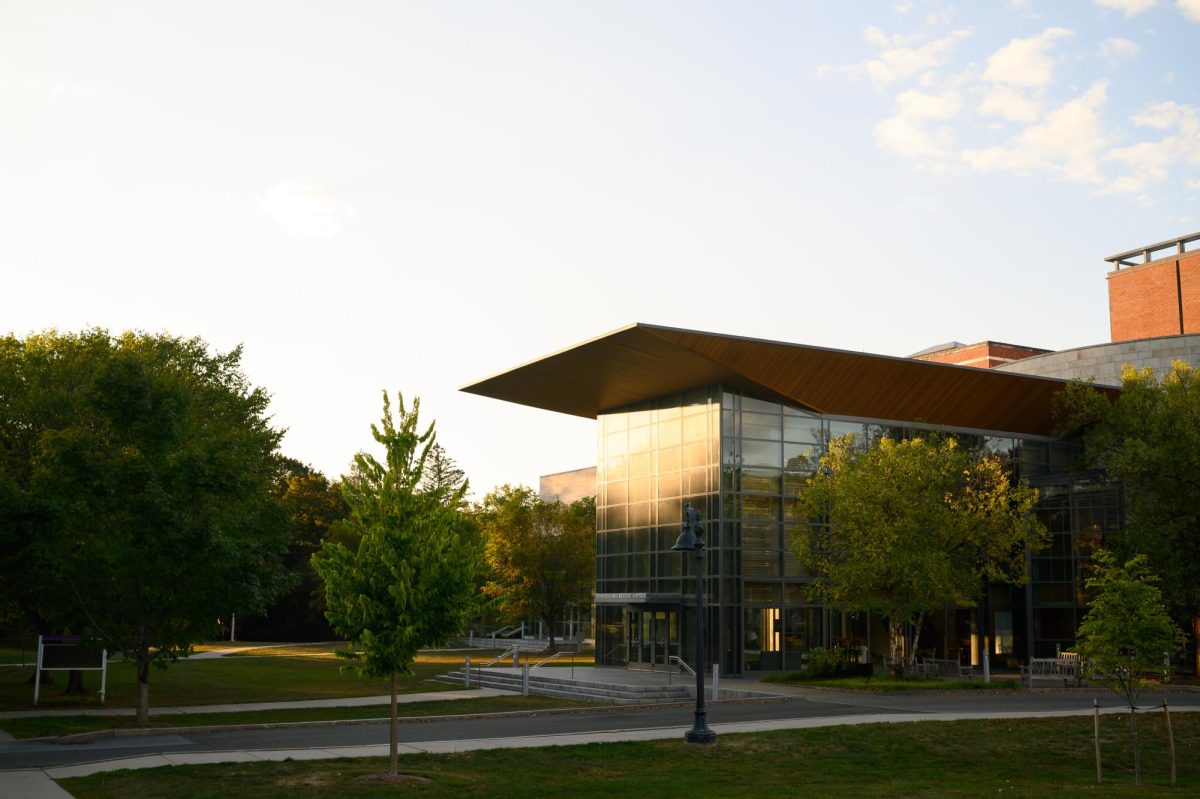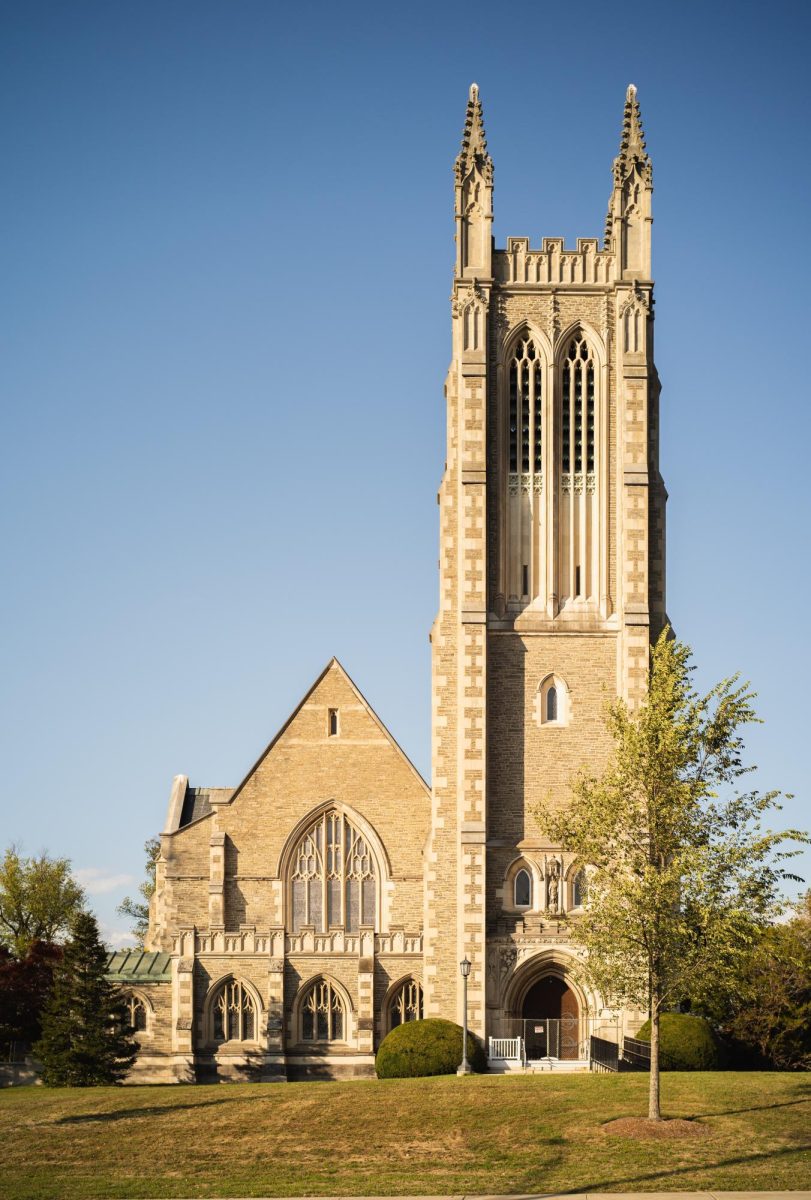
CORRECTION:
This article has been corrected on July 17, 10:58 a.m. to reflect that 6.2 percent of students on financial aid are taking a gap year/leave. According to Dean of the College Marlene Sandstrom, for students on financial aid who indicated they would take a gap year/leave, their financial data indicated no package in order to ensure no issues with billing in the future.
According to enrollment plans that 2,254 students submitted by a July 10 deadline, approximately 71 percent of the respondents, or approximately 1645 students, indicated that they would be returning to campus during the 2020-21 academic year — a figure which Dean of the College Marlene Sandstrom in an email to the Record said will be “a noticeable difference for all of us.”
One jarring trend from the data provided by the College’s Office of Institutional Research — a result of enrollment disparities between students of color and white students — is that the on-campus population “will not be as racially and ethnically diverse as the student body as a whole this fall,” Sandstrom wrote. “This reality both intensifies and complicates the ways we need to think about inclusion.”
Enrollment disparities are also apparent between students receiving financial aid and un-aided students. While 16.1 percent of un-aided students indicated that they are taking a gap year or leave, according to the College, 6.2 percent of students receiving aid indicated that they would be taking a gap year or leave for this academic year.

The College provided the enrollment data by percentage rather than numerical data, as the final figures are not set in stone, and the College expects fluctuations due to students’ personal health and travel restrictions, among other “significant extenuating circumstances.” The data also did not specify how off-cycle students were categorized. Students had the option to either enroll in-person, remotely or take a leave/gap year.
Of first-years, 15.4 percent plan to take a gap year, while 11.1 percent of the entire student body, including first-years, plans to take some kind of leave. The class of 2024 had the highest proportion of students intending to be on campus by class year, with 78.8 percent planning to enroll for an in-person semester. Juniors had the highest proportion of students indicating that they would be enrolling remotely at 22.9 percent, and the lowest enrolling in-person at 65.7 percent. It’s currently unclear how study abroad programs factored into the data for the rising juniors.
Further demographic breakdowns of the data by race and ethnicity, financial aid, athletics and international students have, Sandstrom wrote, indicated “some patterns of concern.”
According to the data set, a larger proportion of students of color and students receiving financial aid decided to study remotely, a pattern that Sandstrom said echoes data collected by other institutions.
“Although we cannot be certain why this is the case, there may be several reasons, including familial responsibilities, experiences at Williams, the disparate impact of COVID-19 has had on communities of color and low-income communities, and family finances among other things,” Sandstrom said.
Of domestic students, 73.7 percent indicated they would be on-campus, compared to 69.7 percent of international students. Reflecting this disparity, a greater proportion of international students indicated they would be remote (20.1 percent) compared to domestic students (15.1 percent). Sandstrom noted that data regarding international students is still largely in flux due to changing laws and regulations both globally and domestically. Individual international students may face different roadblocks or travel policies.
The decisions of the student body come as the COVID-19 pandemic continues to place disproportionate strains on students who receive financial aid, have increased family or community obligations, are immunocompromised, or are of color.
Recognizing that the on-campus population will be less racially and ethnically diverse than past years as a result of enrollment disparities, Sandstrom wrote, “We remain committed to this work, and will have to work extra hard to push it forward in a context that restricts face-to-face and large group interactions.” How the College will conduct this work towards inclusivity has yet to be specified.
The statement comes after President Maud. S. Mandel’s email last Thursday agreeing to Junior Advisors’ (JAs) call for first-year affinity pods, a move which the JAs hope will allow for greater comfort for incoming students from historically marginalized groups.
“We will continue to rethink residential life more broadly in order to emphasize inclusion and safety, and are eager to include students in this process,” Sandstrom wrote.
This is a breaking story, and the Record will continue its coverage on the July 10 enrollment decisions.















